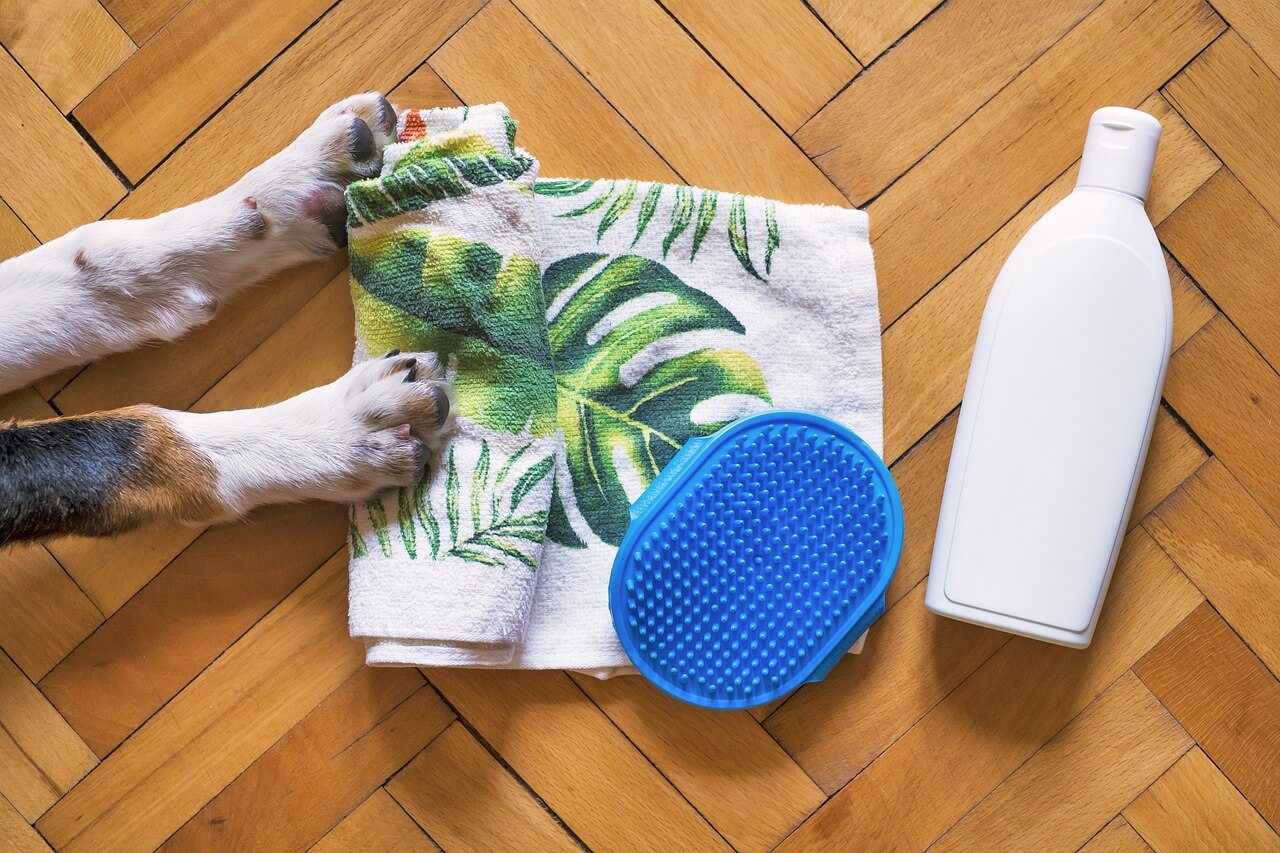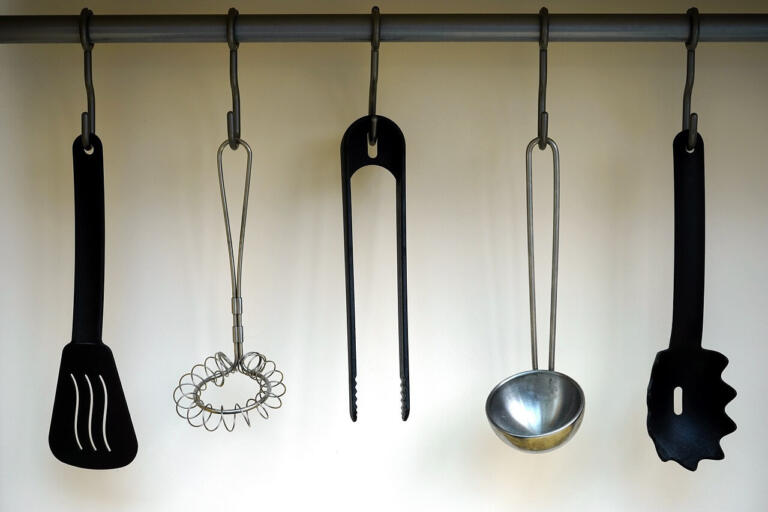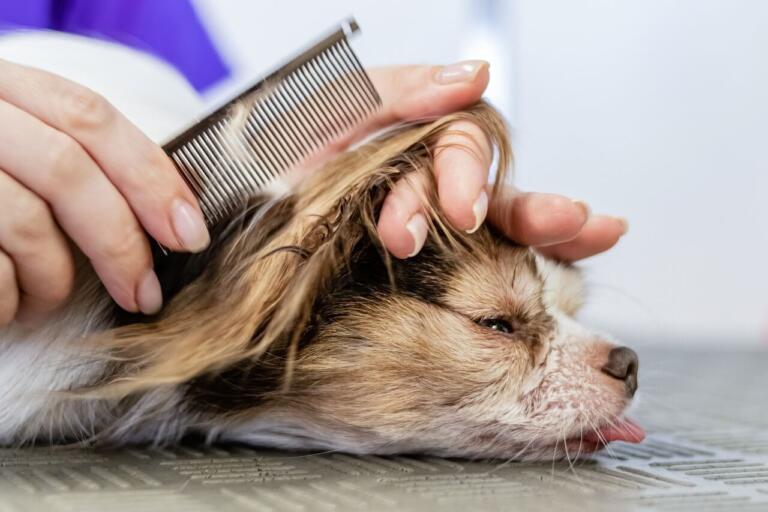If you plan on bringing a dog into your family, you will greatly benefit from knowing what dog grooming needs they will have. Every dog is different, although there are similarities within each specific breed. Usually, this is the first place to start, as there is a slew of tips and tricks for each breed.
As a general rule, some basic dog grooming practices are common for all dogs and it’s important to implement them. You will need certain tools and products to help you care for your dog, especially for some breeds. You don’t need a strict schedule for this but it will not be the same for every dog.
Dog grooming basics to prevent matting
The surface-level grooming for dogs comes from caring for their fur and coats. Apart from feeding them good food to ensure healthy coats, some external care is also a requirement.
Brushing a dog’s coat
This is a dog grooming need that is universal to every dog, regardless of its breed. Brushing has to be done on a regular basis for many dogs to maintain their coats healthy and clean. Usually, once a week is enough for most dogs, but it won’t be the same thing for a dog with more hair.
Grooming shorter hair is easier for most breeds but there are short-haired dog breeds that shed like crazy. One example is the short-haired Jack Russel, which tends to shed a lot more than the curly-haired one.
Matted fur for long-haired dogs is something that can be very painful. Thus making sure their coats don’t get matted is preventable with brushing. The right tool for brushing will depend on the dog’s coat.
Trimming a dog’s coat
There are some dog breeds made for hypoallergenic owners that will grow hair similar to humans. This means their hair will grow continuously and as a result, will need to be cut. Trimming a dog’s hair is something that is difficult for many owners and they usually employ professional help.
But of course, trimming a dog’s coat can also be done at home with some care and patience. The right trimmer for the job is dependent on what kind of coat your dog has. A husky, for example, has a very thick coat and prominent undercoat, so it will need a lot more attention.
A dog will need to stay calm when you attempt to trim its coat, so it will need to be trained to stay calm. In many cases, professional groomers will use a neck warmer, often called a snood, to keep dogs calm during the process.
Nail trimming
Cutting nails is a regular dog grooming need as much as brushing is. It doesn’t need to be done as regularly but once every month or so it becomes necessary. A dog’s nails that have grown way too much, can be painful especially if they get broken accidentally.
Professional groomers, and vets both offer nail clipping services as it can be hard for owners to do it themselves. Not every dog, or really very few dogs, will be comfortable with getting their nails clipped. Regular sensitivity training, like touching their paws, can help train a dog to become more comfortable with nail trimming.
Bathing your dog
You don’t need to wash your dog all that regularly, especially if they have a healthy coat and skin. Washing a dog once a month is more than enough to maintain its healthy coat and skin. Too much washing strips away natural oils which can be detrimental.
There will be situations where you won’t have a choice but to wash your dog, especially if they decided to tumble in mud. Make sure to get a dog shampoo that is not too harsh for your dog’s coat and skin.
Clean your dog’s ears
Washing, brushing, or trimming a dog’s coat is a surface-level grooming requirement. While you are doing that you may also need to at least check inside their ears. Regularly cleaning a dog’s ears will ensure they do not develop ear infections due to buildup, or other issues.
Brushing a dog’s teeth
It’s important to look after a dog’s tooth health as it is very difficult to treat issues once tooth decay sets in. A surgical intervention to treat unhealthy teeth is a very invasive procedure and subjects a dog to anaesthetics. It’s vital to avoid anaesthetics as much as possible, which is why vets usually recommend fewer such interventions.
So armed with this knowledge, it’s time to begin learning how to brush your dog’s teeth. It’s one of the most difficult dog grooming needs, as not many dogs like to have their teeth brushed. The proper toothpaste is another problem to solve. It will take some trial and error to find a good toothpaste that your dog will also like.
If they like the taste it will be easier to convince them to let you brush their teeth. A little bit at a time and then slowly introduce a dog toothbrush. It does take some time to get a dog comfortable with this, and some patience is definitely a must.
Smaller dog grooming needs
Not all dogs are the same, as we see the many different types of breeds. But also within a certain breed varieties show up. Some extra precautions could be useful for more sensitive dogs.
Balm
Specific dog-friendly balms for paws and noses help dogs deal with dry skin or colder weather. Snow brings cold and salt on the roads, and this salt can affect a dog’s paws. It’s important to protect a dog’s paws with balm, it’s also important to gently wash the salt away.
Sunscreen
A dog with a thinner coat is able to get sunburnt during hot sunny days. Good quality sunscreen for dogs is the best choice to protect your dog from the sun. Of course, keeping your dog away from the sun is also a choice. But they still need to go out when nature calls.
In conclusion
It seems like there is a lot to do when it comes to grooming a dog. There are a few things that you will need to do more regularly than others. Most grooming revolves around a dog’s coat more than anything, but teeth hygiene and other smaller details need attention.



1 Comment